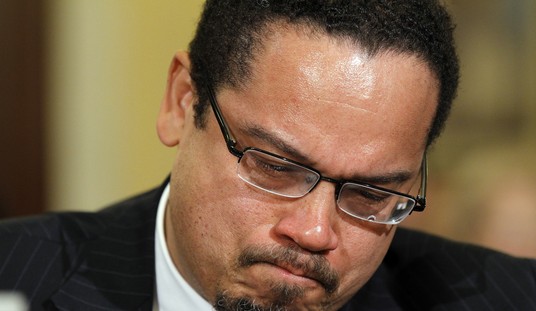Japan’s northern island of Hokkaido is home to about 5 million people. When the coronavirus began spreading around the world in February, Hokkaido was the first place in Japan to declare a state of emergency. And that early decision appeared to work. The number of new cases dropped and the emergency order was lifted. When the emergency ended, Hokkaido Gov. Naomichi Suzuki said, “There was no surge of infected patients that led to the collapse of the medical environment. We overcame without the fearful circumstance.”
In essence, Hokkaido had flattened the curve without overwhelming the health system. The emergency was lifted on March 19 but earlier this week Hokkaido declared a second state of emergency as the number of infections began to climb again:
“We are facing a crisis of a second wave in the spread of (the coronavirus) infections,” Hokkaido Gov. Naomichi Suzuki told reporters, asking residents to refrain from making nonessential outings.
Hokkaido had declared its own state of emergency on Feb. 28 ahead of the government and lifted it on March 19, citing signs that the coronavirus spread was abating in the prefecture, a popular area for both Japanese and foreign tourists.
Schools in Sapporo, which have just gradually resumed classes since April 6, will be closed again from Tuesday to May 6. Residents of the prefecture are also asked not to travel to Sapporo or to the areas covered by the state’s declaration of emergency.
The BBC reports that none of the new cases in Hokkaido come from foreigners, so this isn’t a case of a new outbreak that was imported from abroad. The president of the Japan Institute for Global Health said the lesson is that it’s easy to knock the numbers down through concerted effort but harder to keep them down:
In the last week, Hokkaido has recorded 135 new confirmed cases of Covid-19. Unlike the first outbreak in February, there is no evidence the virus has been re-imported from outside Japan…
“It is relatively easy to tackle clusters, to contact trace and isolate,” says Professor Kenji Shibuya of King’s College London…
“The major lesson to take from Hokkaido is that even if you are successful in the containment the first time around, it’s difficult to isolate and maintain the containment for a long period. Unless you expand the testing capacity, it’s difficult to identify community transmission and hospital transmission.”
The new state of emergency is set to end May 6th but a local health official suggested the real end of this is much further away:
“We feel we have to keep on doing the same thing,” he said. “The goal is to minimise contact between people to stop the spread of the virus.”
So how long does that mean?
“Till we find a vaccine,” he says. “We have to keep on trying to stop the expansion.”
It’s worth noting that Governor’s in Japan don’t have the same police powers to keep people home as Governors in America. But the point is that Hokkaido did initially do enough to bend the curve at the cost of some real harm to the island’s economy, which relies heavily on tourism. But it turns out that doing that once only bought them a few weeks before they had to start doing it again. The same could be true here once things begin to reopen. We could in fact be facing several cycles of opening and closing until there is a vaccine or some other treatment.








Join the conversation as a VIP Member